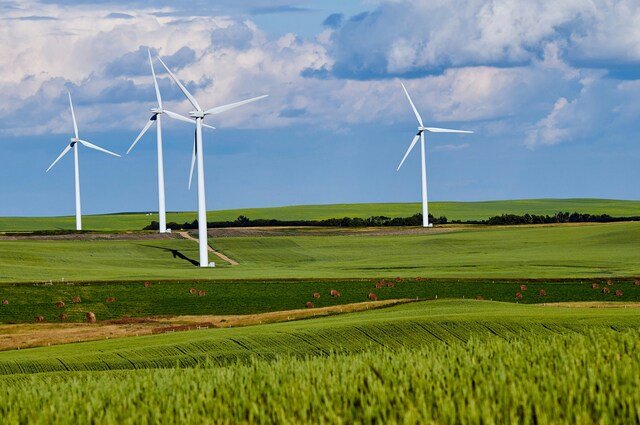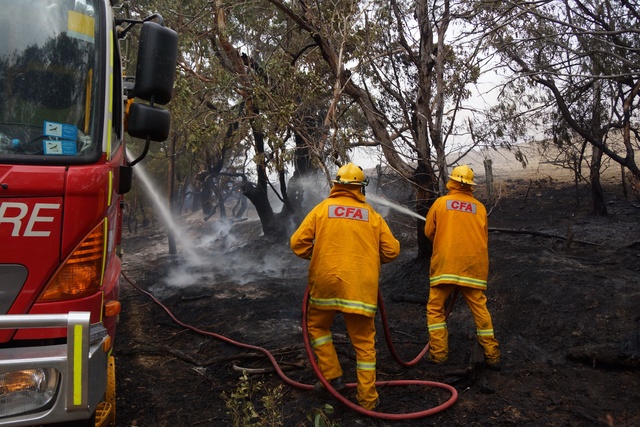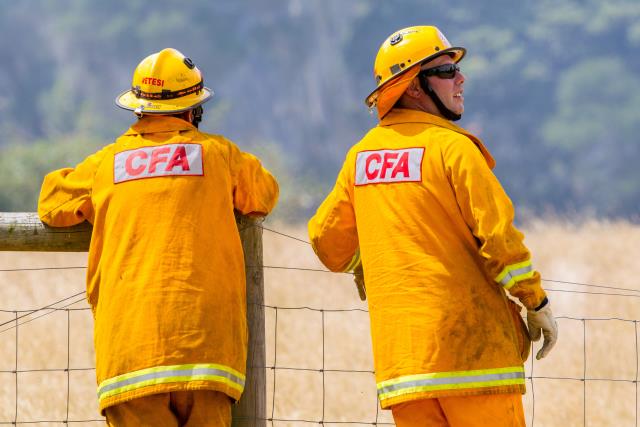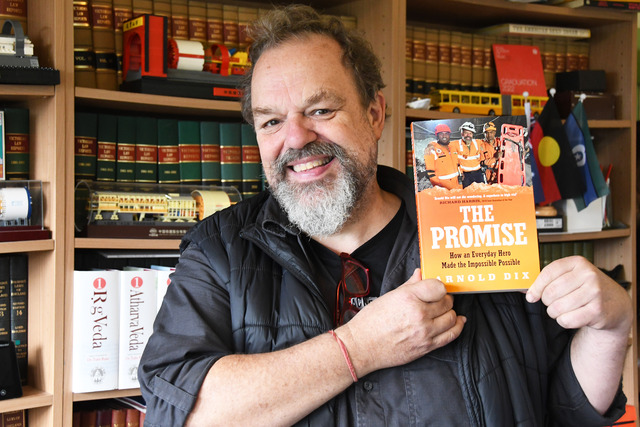As Victoria seeks to move away from coal-fired power, the State Government wants communities to help guide the approach to renewable energy and transmission.
A long-term Victorian Transmission Plan is in the works, with the draft Victorian Transmission Plan Guidelines out now for feedback.
“VicGrid is changing the way renewable energy zones are planned so that regional communities, landholders and Traditional Owners have a real say in the process,” said VicGrid Chief Executive Alistair Parker.
“We’re developing a long-term strategic plan, the Victorian Transmission Plan, and we’re seeking input from local communities so we can get this right.”
The plan has drawn the ire of some however, with a number of regions throughout the state exempt from having to home future renewable energy infrastructure, including the Yarra Valley and Dandenong Ranges.
A study map included in the guidelines outlining areas for future investigation has almost the entire Outer East area excluded from wind projects due to a 2012 Victorian Planning Provision, with other areas on the edges still either being avoided or deprioritised.
The Yarra Valley and the Dandenong Ranges have largely been found to be less suitable for large-scale renewable development due to constraints including environmental sensitivity and the terrain, as well as because of the ban on wind farm development in the region in the planning provision.
Gippsland South MLA Danny O’Brien has been one outspoken critic, recently the Sentinel Times that the Victorian Government restated ‘its blanket ban on wind farms in city playgrounds like the Yarra Valley, Mornington and Bellarine Peninsulas’.
When contacted by the Star Mail, Mr O’Brien referred to his comments during a 20 February 2024 debate on the Climate Change and Energy Legislation Amendment (Renewable Energy and Storage Targets) Bill 2023.
“The guidelines specifically preclude the development of wind energy facilities in; Yarra Valley and Dandenong Ranges, Bellarine and Mornington Peninsulas, the Great Ocean Road area within five kilometres of the high water mark, and Macedon and McHarg Ranges, the land within five kilometres of the high water mark of the Bass Coast, west of Wilsons Promontory,” he said.
“Is anyone seeing a pattern here, does anyone know what this is, these are all either Melbourne or Labor-held areas, for areas east of Wilsons Promontory, ‘Go your hardest. Build a thousand wind turbines there. We don’t care. It’s not relevant to us’.”
Parts of Mr O’Brien’s Gippsland South District are designated as Tier 1 (most suitable), Tier 2 (suitable) and Tier 3 (available) for investigation into potential as renewable energy zones, while south to south-east of Traralgon is also slated for an offshore wind study.
According to a map of existing renewable energy projects from Renewable Energy Projects Victoria, the Outer East currently has only one project: an approved but not yet operational battery in Chirnside Park that has a maximum power output of one megawatt.
Mr O’Brien said this is the hypocrisy of this government.
“They will have wind farms, and they will sell it in Brunswick and Northcote and Fitzroy but not anywhere we want it – not anywhere in regional Victoria, where farmers and people who live in the rural parts of this state have to put up with them,” he said.
“No, they just want them out of the places they live and the places they holiday, like the Yarra Valley and the Great Ocean Road, but Gippsland – ‘Oh, go your hardest’ – unless it is in Bass, because on the Bass Coast that is a bit sensitive, that is one of their marginal seats; they do not want it anywhere there.”
VicGrid’s initial study areas will be whittled down into smaller zones following the start of the engagement process over the next twelve months, with only a relatively small proportion of the study area required for renewable energy zones.
The initial study area was developed through the Victorian Government undergoing a ‘strategic land use assessment’ which factored in community feedback alongside 60 statewide datasets covering agriculture, land use, biodiversity, cultural and social factors.
Consultation on the guidelines is open until August 25 and consultation on the study area in the guidelines is open until September 30.
People can find the plan, online feedback forms and details of upcoming sessions on the Engage Victoria website at engage.vic.gov.au/victransmissionplan.
To get a hard copy feedback form and reply-paid envelope, call 1800 418 341 and one can be mailed out.







